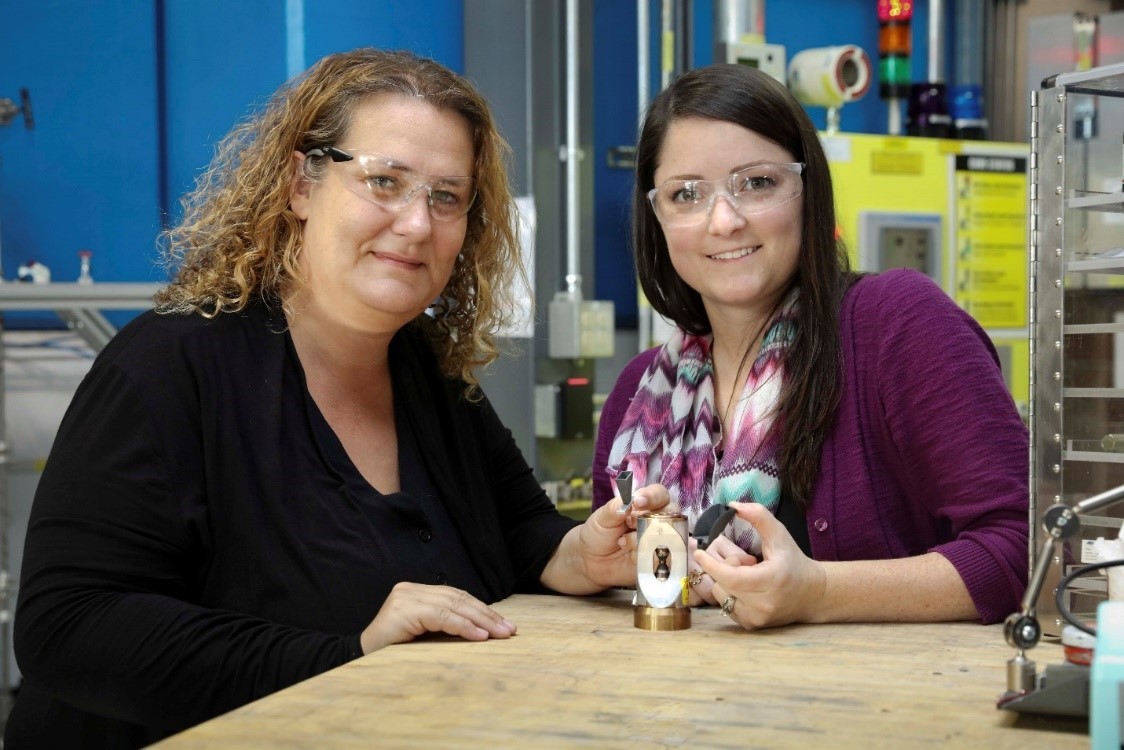
ExOne has licensed a patent-pending way to print aluminum-infiltrated boron carbide (B4C) collimators and other components used in neutron imaging from the Department of Energy’s Oak Ridge National Laboratory (ORNL).
Researchers at ORNL reportedly developed this method on the company’s M-Flex 3D printer that uses binder jetting technology to 3D print objects in metals, such as stainless steel, bronze or tungsten, as well as sand, ceramics and composites.
In this instance, a team led by David C Anderson, group leader of instrument engineering, developed a process to 3D print objects in B4C, a neutron-absorbing material, and then infiltrate the objects with aluminum. The final aluminum-infiltrated B4C material is known as a metal-matrix composite, a type of cermet. Co-inventors of this process include ORNL’s Amy Elliott and Bianca Haberl.
According to ExOne, aluminum-infused B4C has strong but lightweight properties, as well as energy-absorbing characteristics that are useful in neutron scattering instruments, which enable researchers to capture data down to the atomic level.
ExOne says that it plans to use the license to commercialize the 3D production of aluminum-infiltrated B4C objects, such as shielding equipment and components used in neutron scattering instrumentation.
This story uses material from ExOne, with editorial changes made by Materials Today. The views expressed in this article do not necessarily represent those of Elsevier.



